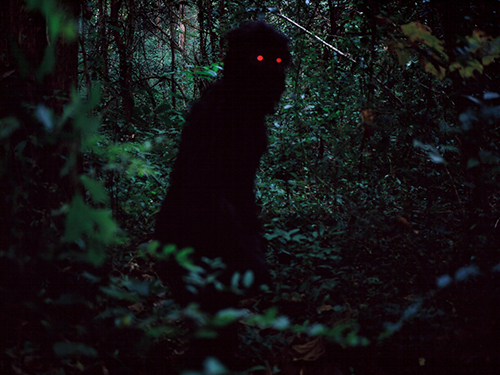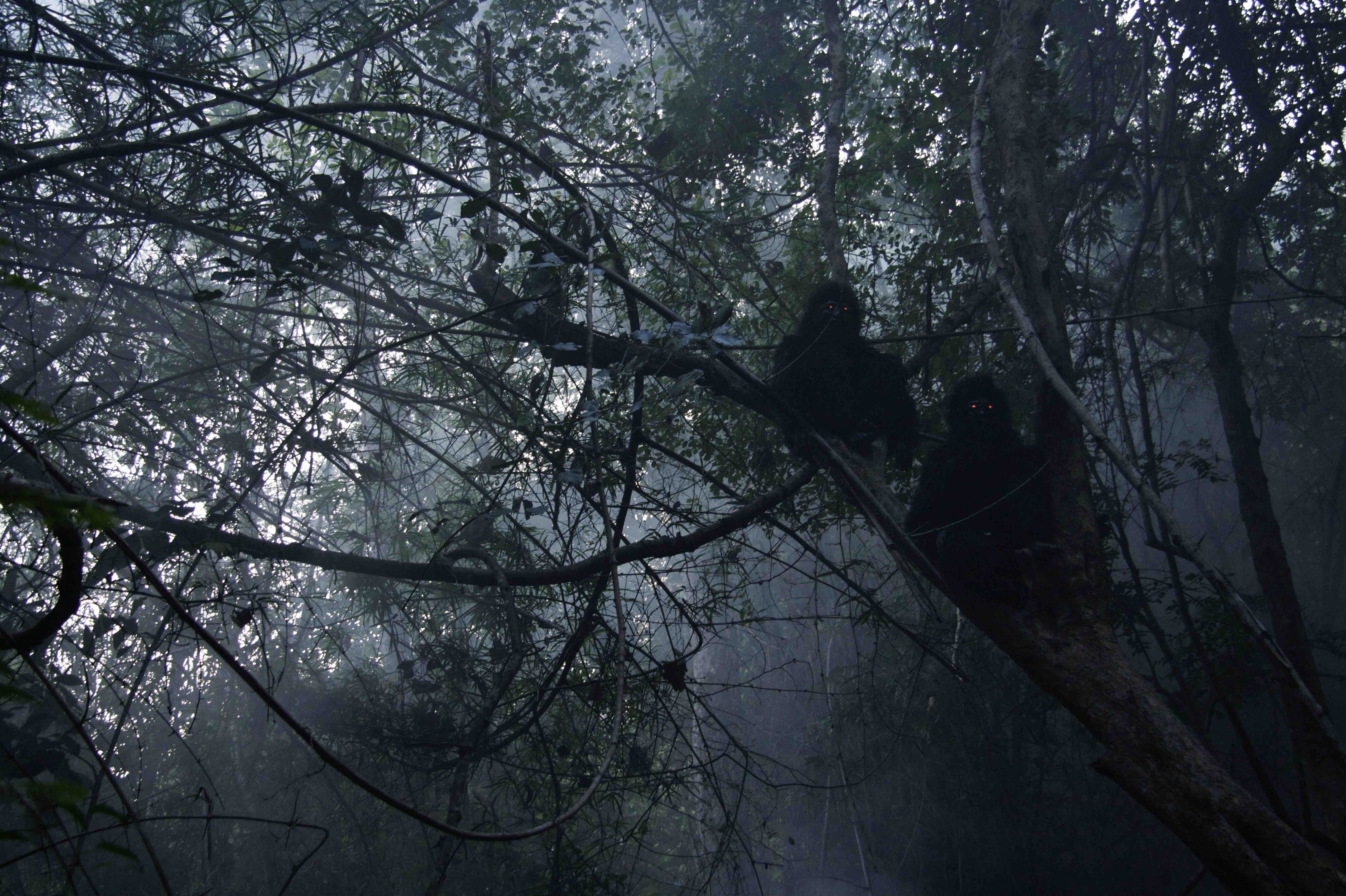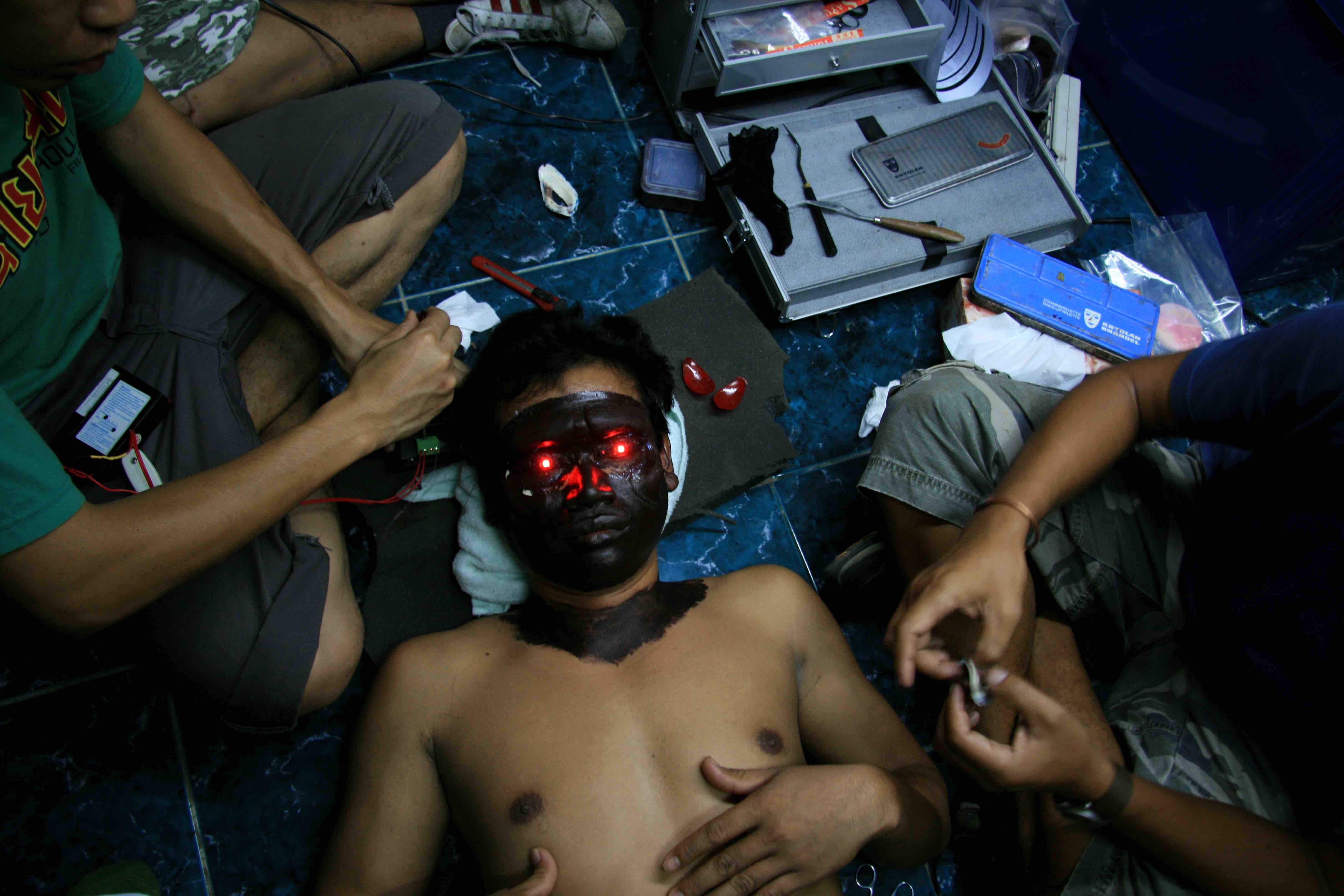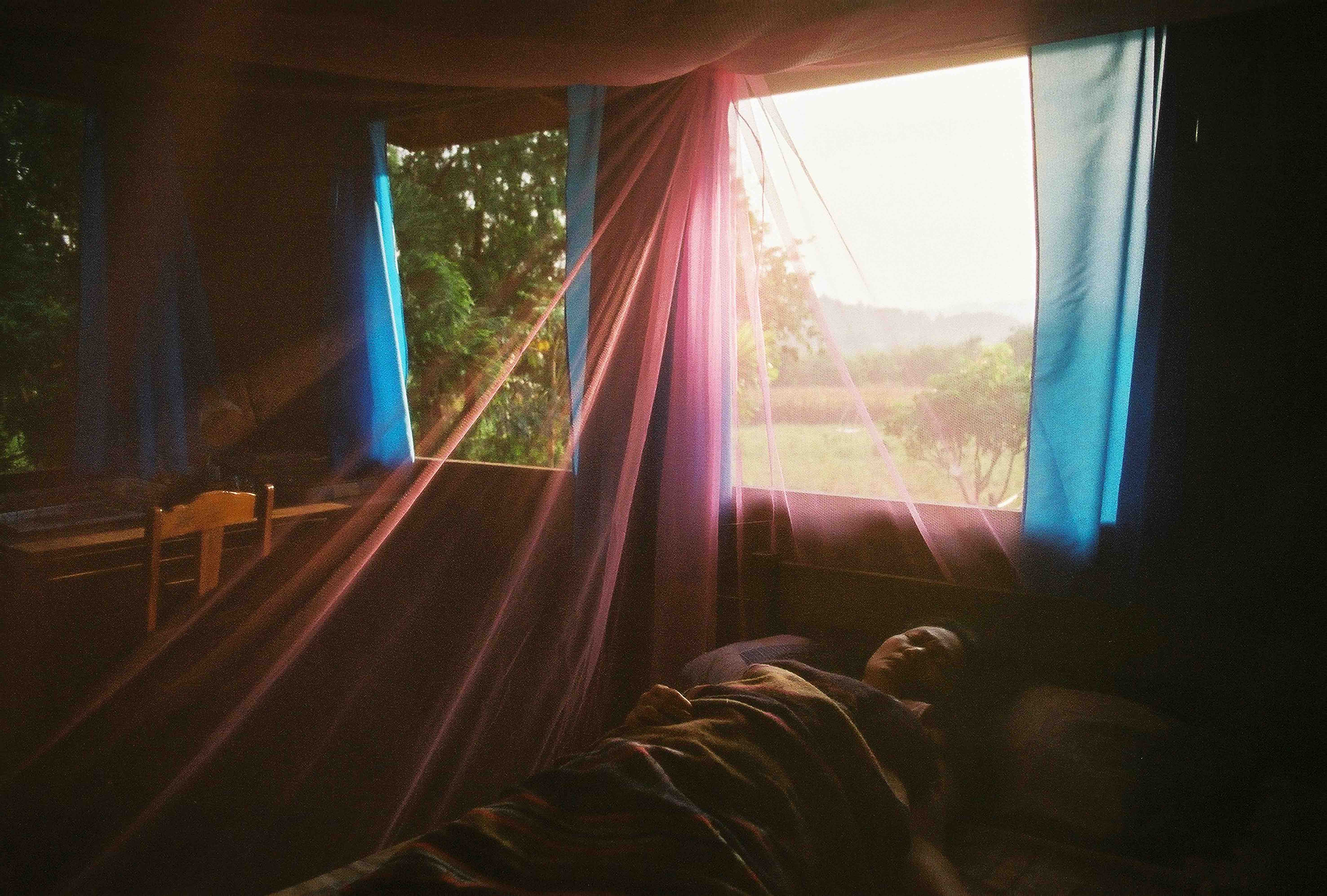
Suffering from acute kidney failure, Uncle Boonmee has chosen to spend his final days surrounded by his loved ones in the countryside. Surprisingly, the ghost of his deceased wife appears to care for him, and his long lost son returns home in a non-human form. Contemplating the reasons for his illness, Boonmee treks through the jungle with his family to a mysterious hilltop cave – the birthplace of his first life...
EN
“I believe in the transmigration of souls between humans, plants, animals, and ghosts. Uncle Boonmee’s story shows the relationship between man and animal and at the same time destroys the line dividing them. When the events are represented through cinema, they become shared memories of the crew, the cast, and the public. A new layer of (simulated) memory is augmented in the audience’s experience. In this regard, filmmaking is not unlike creating synthetic past lives. I am interested in exploring the innards of this time machine. There might be some mysterious forces waiting to be revealed just as certain things that used to be called black magic have been shown to be scientific facts. For me, filmmaking remains a source all of whose energy we haven’t properly utilised. In the same way that we have not thoroughly explained the inner workings of the mind.”
Apichatpong Weerasethakul1
Bjorn Gabriels: The very basics of cinema haven’t lost their force. The simple act of placing one image after another, like you did in that incredible sequence in Uncle Boonmee in which Boonmee reflects upon this ‘time machine’ and the ‘future people’, remains very powerful.
Apichatpong Weerasethakul: Exactly, and cinema is so suggestive and so challenging. A book is always very open and you can imagine anything you like, but in movies the image is already there. The challenge is how to make this fixed image open, and so a film deals with time and structure to bring the audience a certain openness.
Film can be an immersive experience, but it can also be very imposing and block you, as a spectator.
Yes, in Hollywood, they do everything for you. Their special effects, which I love by the way, don’t allow you to do anything. You just marvel at them.
The special effects in your films are very basic, to a certain degree.
I want to make the audience feel that simply being able to see these various things through a lens and to capture these images on a sensor is a special effect.
[...]
Uncle Boonmee embodied this search for a shifting identity in the noughties. Even though it started with an old book, Boonmee’s life and the concept of being reborn is still very relevant. [The English title of this book is A Man Who Can Recall His Past Lives (1983). It was written by Phra Sripariyattiweti, a Buddhist priest at the Sang Arun Forest Monastery near Apichatpong’s home town Khon Kaen.]
Maybe the cinematic spaces we talked about – the jungle, the cave, and the film theatre – might also embody this longing for a change that seems to run throughout your work.
Yes, because many things have already changed, such as the way we make films. Uncle Boonmee was a way to go back and say goodbye to a certain kind of cinema.
Bjorn Gabriels in conversation with Apichatpong Weerasethakul2
“Some of Apichatpong's aims in the film can be inferred from his evocative essay ‘Ghosts in the Darkness,’ which is both a theory of cinema and a commentary on his key images and themes (available in English in James Quandt, ed., Apichatpong Weerasethakul). ‘If you notice the people around you while watching a film,’ he writes, ‘you will see that their behavior is like that of ghosts, lifting up their heads to see the moving images... The moving images on the screen are camera records of events that have already taken place; they are remains of the past, strung together and called a film. In this hall of darkness, ghosts are watching ghosts.’ But the situation isn’t as morbid as it may sound. ‘Just as we like to look at ghosts,’ Apichatpong explains, ‘we seem instinctively to want to enter dark halls... like returning to our mother’s womb, fleeing there for safety, like the time during the war in Laos, when people living on the Ho Chi Minh Trail... were attacked by phosphorous bombs during an air raid and took refuge in a cave... The cave is probably still full of bones, ranging from small children to adults. If you went to see it now you might see real ghosts there – you wouldn’t need a film.’ A more striking example from the same period, he observes, was the Quan Y cave on Cat Ba Island in Vietnam, which served not only as a hidden hospital but also as a recreation area and a cinema. ‘You come to the conclusion that we watch films instinctively, as therapy for mental and emotional pain. Tens of thousands of years ago, when our ancestors were living in caves, they often drew on the walls of the cave, showing us how they lived their lives... Looking at it like this, you could say that cinemas, whether inside or outside department stores, are our modern day caves.’
In an influential essay of 1975, ‘The Apparatus: Metapsychological Approaches to the Impression of Reality in the Cinema,’ French theorist Jean-Louis Baudry compared cinema to the lights flickering on the back wall of Plato’s cave, an illusory shadow show from which we need to liberate ourselves. Apichatpong thinks exactly otherwise. His cinema-cave is dedicated tn recovering repressed history, healing pain, and connecting our spirits with others.”
James Naremore3
- 1Apichatpong Weerasethakul, “Filmmaker’s Statement,” Kick the Machine.
- 2Bjorn Gabriels, “Longing for Change. The Shifting Shapes of Aphichatpong Weerasethakul,” Sabzian, 2016.
- 3James Naremore, An Invention Without a Future. Essays on Cinema (Berkeley: University of California Press, 2014), 320.
NL
“Het hoofdpersonage van de film – Uncle Boonmee – kan, zoals de titel luidt, zijn vorige levens herinneren. Deze oude man, wiens einde nadert door nierfalen, reflecteert niet alleen over zijn verleden als soldaat, vader en echtgenoot, maar vraagt zich ook af waar hij na zijn dood heen zal gaan. Reïncarnatie, waarbij de ziel een oneindig aantal levens heeft gekend en er een oneindig aantal tegemoet gaat, speelt hier een centrale rol. Hoe dichterbij zijn eigen dood komt, hoe meer de tijd uit zijn voegen barst. Alles in de film lijkt deel uit te maken van deze oneindige cyclus van leven en sterven. Alles is al eens geweest – en alles zal nog eens zijn. Wat in het heden plaatsvindt, maakt onherroepelijk deel uit van de toekomst en het verleden. Dagelijkse momenten ondergaan hierdoor een mutatie: zo klinken de ontembare klanken uit de jungle als een samenspel uit het verleden, lijkt de zon die door de bomen schijnt een toespeling op de toekomst en dwalen de herinneringen van Uncle Boonmee als vreemde aapgeesten door het heden. De ervaring van de tijd wordt niet van buitenaf opgelegd; ze verschilt van kijker tot kijker, van kijkbeurt tot kijkbeurt. Weerasethakul maakt hierbij aanspraak op het innerlijk tijdsbewustzijn van de toeschouwer. Door mee te voelen met de film, kan de kijker zelf bepalen of hij zich in het heden, het verleden of de toekomst waant. De toeschouwer kan zich vrijuit door de tijd bewegen, waardoor we het onderscheid tussen waarheid en schijn nooit met zekerheid kunnen achterhalen.”
Noemi Osselaer1
- 1Noemi Osselaer, “Prisma #40,” Sabzian, 19 February 2020.




